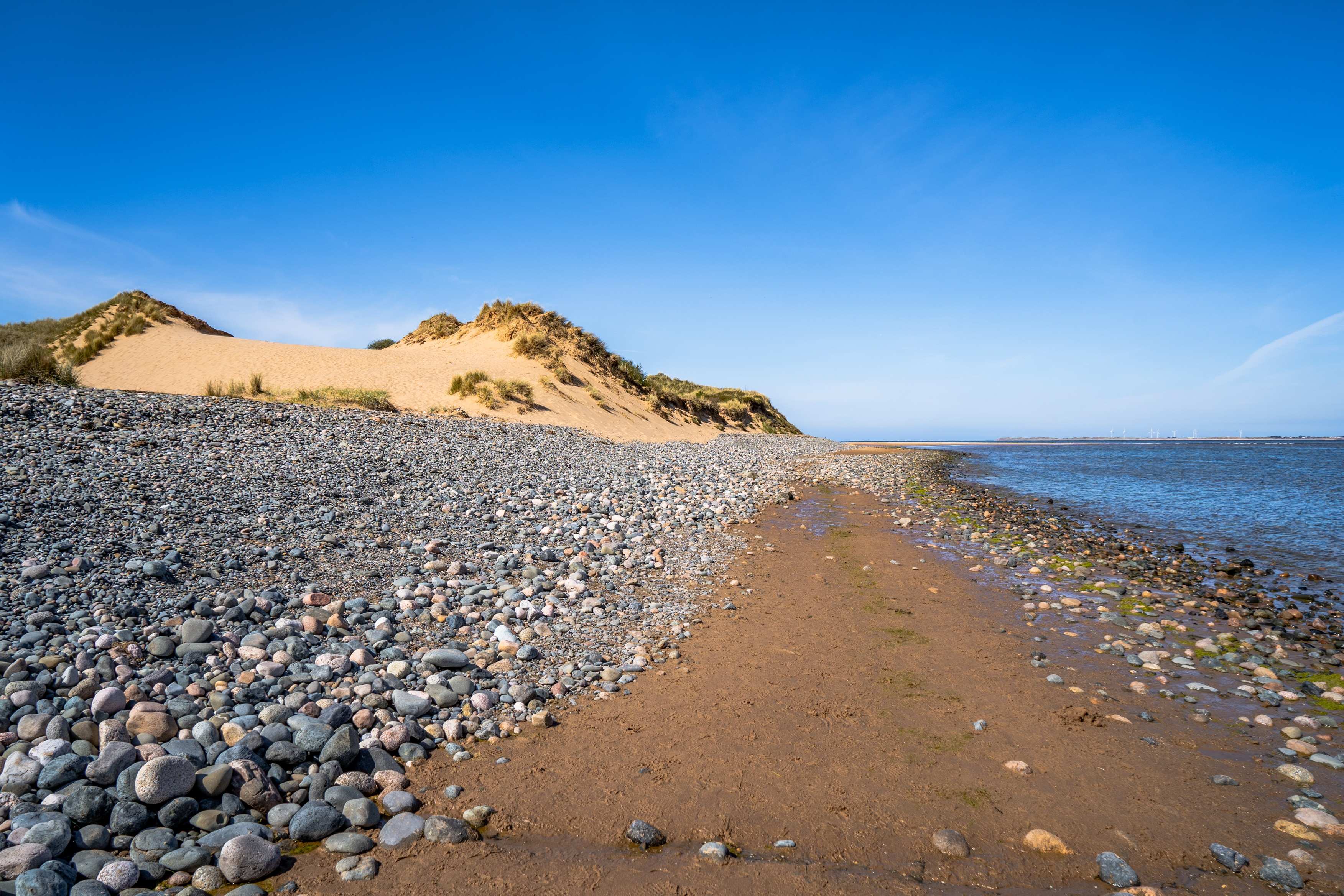Hello there! We're so glad you want to help us save Roanhead from development.
This consulation is now closed, but you can still:
Learn more about what's happening and get involved here.
Find out more about Cumbria Wildlife Trust, or find your local Wildlife Trust.
Thank you!
